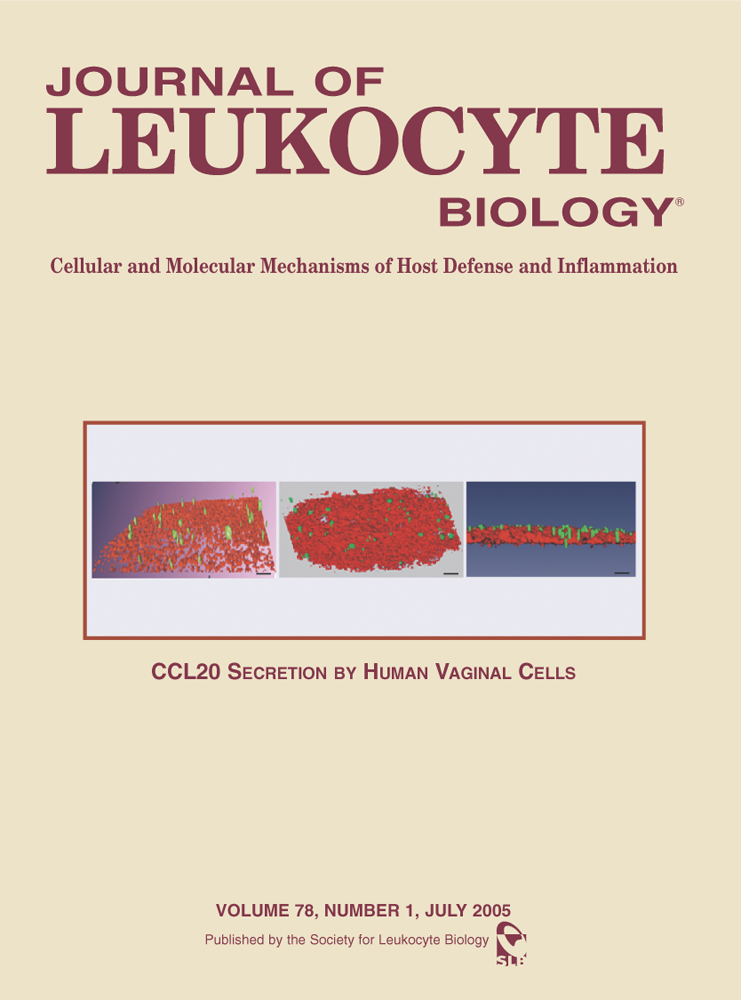
“Immune system responsiveness results from numerous factors, including endogenous cannabinoid signaling in immunocytes termed the “immunocannabinoid” system. This system can be an important signaling pathway for immune modulation.
To assess the immunomodulating role of the cannabinoid 2 (CB2) receptor, we sought polymorphisms in the human gene, identified a common dinucleotide polymorphism, and investigated its effect on endocannabinoid-induced inhibition of T lymphocyte proliferation.
Collectively, these results demonstrate reduced endogenous fatty acid amide immunomodulatory responses in individuals with the CB2 188-189 GG/GG genotype and suggest that this CB2 gene variation may be a risk factor for autoimmunity.
The results also support the proposition that the CB2 receptor may represent a novel pharmacological target for selective agonists designed to suppress autoreactive immune responses”
https://jlb.onlinelibrary.wiley.com/doi/full/10.1189/jlb.0205111


